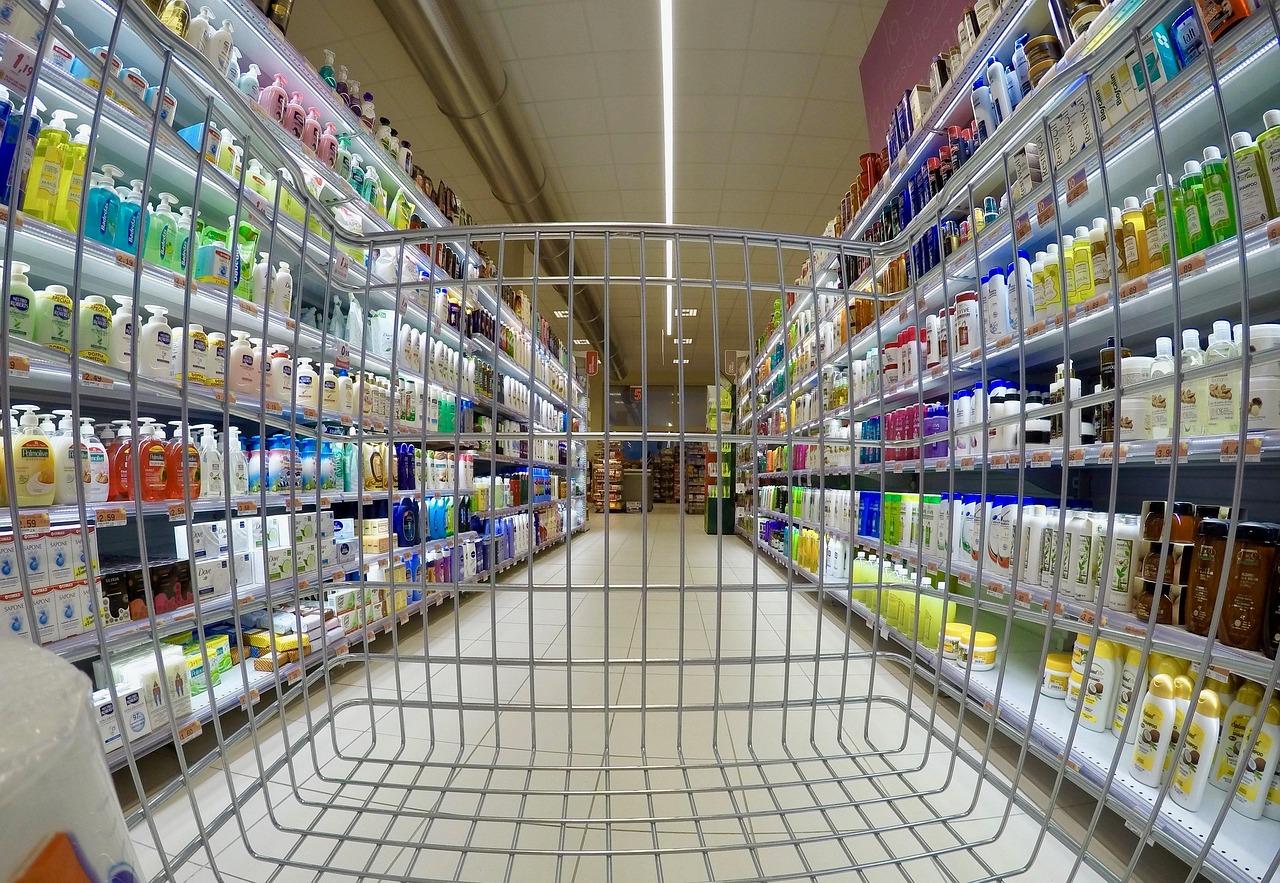A world before the World Wide Web
Many people would find it impossible to imagine a world without e-commerce, instant access to all the information (and disinformation) that we need (or do not need), social media, cloud storage, and gaming. However, plenty of Boomers, Gen Xers, and even Millennials can clearly remember a time when the World Wide Web did not dominate our ability to communicate, play, and shop.
Even after the initial excitement about the possibilities that the internet might deliver, it took decades for the technical infrastructure, hardware, and security protocols to be in place to make the Dot Com dreams a possibility. In fact, after the initial Dot Com Boom of the late 1990s (also known as the Dot Com Bubble), the subsequent Dot Com Bust left many investors wary of anything related to information technology or telecommunications. The internet was regarded as the ‘Wild West’.
Fabulous fantasy
The concept of being able to shop online was little more than a fabulous fantasy. You have to understand that there was no broadband, no mobile ‘G’ connectivity, or handheld devices or tablets. Most people in the late 90s used a dial-up modem connection from their clunky desktop computer. Being connected to the internet involved having two copper telephone lines installed in your property. One was for landline calls, and the other was for the internet. Mobile technology was still too unreliable to consider not having a landline, and there was no way to connect to the internet from your cell phone.
Anyone who lived through those early days cannot fail to marvel at how simple it all is these days. While a tiny minority of households had access to cable communications, this was mainly used for TV rather than internet access. If you did not have the second copper line in, you needed to unplug your landline to access the internet. It was all very Heath Robinson-Esque, and the promise was so much greater than the delivery. Many people fantasised that one day, people might be able to work from home, but it was not a practical possibility.
Everything seems so simple these days
The same was true of e-commerce. The cable connections via a modem were so slow that complex websites could not be loaded remotely. Everyone was familiar with the spinning hamster wheel, and that continued until relatively recently. It was not until the advent of smartphones, tablets, fibre optics, and superfast mobile connections that the potential could be unleashed.
In addition to hardware and infrastructure problems plaguing the industry, security and payment concerns had most people steering clear of e-commerce. When the idea was first mooted, most shopping was conducted face-to-face, and transactions were made in cash or by cheque. The direct card was a recent addition to people’s physical wallets. While mail order and direct sales were not uncommon, they were simply an extension of brick-and-mortar stores, and everything was paper-based, with orders manually input into the systems. There was no way of paying for goods and services online.
No way of making speedy payments or withdrawals
While we now grumble if payments are not instantaneous, thirty years ago, standard payment clearance times were three to five working days. If you bought something through a mail order catalogue (yes, that was a great big thick paper book), the standard terms and conditions were that you had to allow twenty-eight days for order fulfilment.
Can you imagine anyone waiting twenty-eight days in 2025? We expect instant payment clearance and almost instant gratification. If we buy online, we are surprised if we have to wait more than 48 hours. Instant payment clearance is regarded as the norm. People who play at online casinos do not expect to have to wait for payments to clear before they can start playing their favourite casino games. If they win on the pokies, they want instant withdrawal in New Zealand and beyond, or they will rapidly be looking for an alternative outlet. It is now standard practice that review websites, such as Casino.org, rate payout speeds as part of their ranking criteria when evaluating one site against another.
Even Amazon did not do fulfillment
When Amazon was launched as an online bookstore, none of these problems had been ironed out. It had been assumed that Amazon would simply be a front-end bookstore, with publishers managing the fulfillment of orders from their warehouses. No one had considered that publishers’ warehouses were set up to deliver bulk orders to physical bookstores and were not geared towards business with individual customers. A whole new business sector for e-commerce fulfilment and online parcel tracking emerged before Amazon realised this was where the money was, established its own fulfilment centres, and started offering these services to other customers.
Payments were made through a system of invoicing and delayed payments between the publisher and the bookstore. The model throughout industry was producer to wholesaler to customer. While e-commerce promised the ability to cut out the wholesale middleman, there was a considerable amount of process that had not been considered.
Fintech solutions
PayPal was the first fintech company to make a breakthrough and devise a system that meant people could make secure online transactions without having to share their financial information on insecure networks. All people needed to do was to set up a PayPal account, and money could be transferred between peers by using an email address. However, there was still considerable scepticism and fear about transaction security. After all, PayPal was an unknown name. It took a long time for it to become a trusted brand.
However, without fintech advancements, e-commerce could not have taken off in the way it did. The banks had to do an enormous amount of catching up to deliver secure payment platforms that allowed people to shop and transact easily and safely online. While they were scrambling around, companies like Apple came up with their own solutions and transformed the e-commerce market with Apple Pay and e-wallets.
Transformed shared spaces
Now, everything is just a click away, and we can view and purchase every possible product online. People living rurally or remotely no longer have to make a shopping pilgrimage to the mall to get what they need. The mall now comes to their door via mobile, desktop, or tablet. High streets and town centres have been transformed with commodity stores disappearing and service sector and charity businesses taking over vacant premises.




